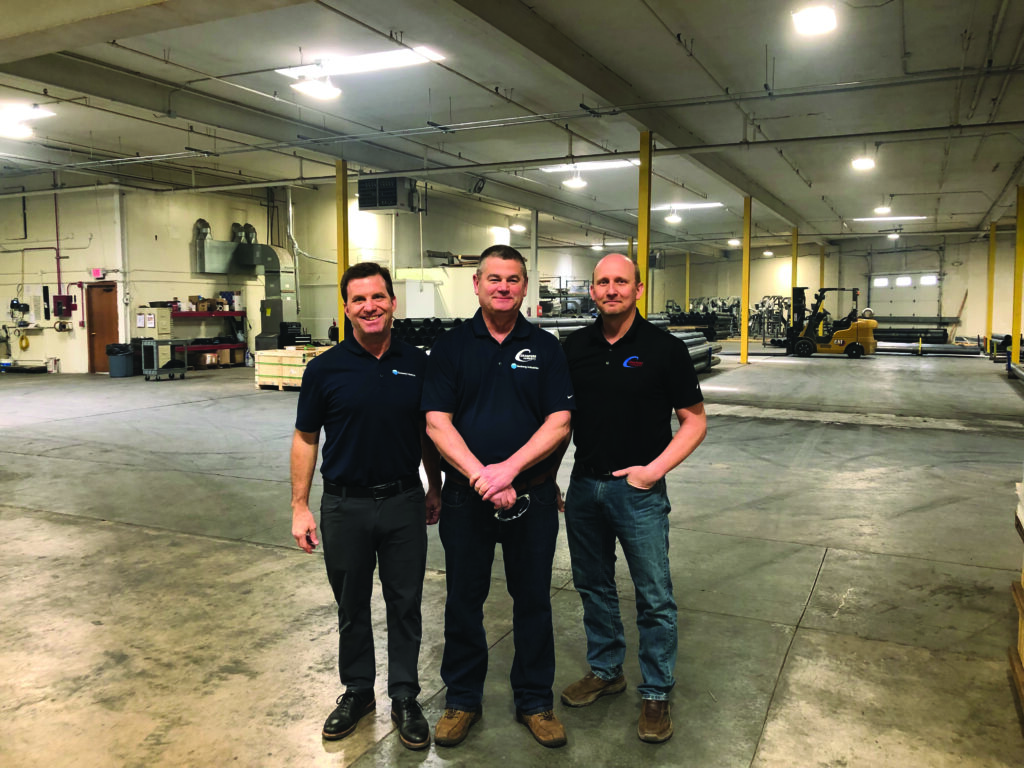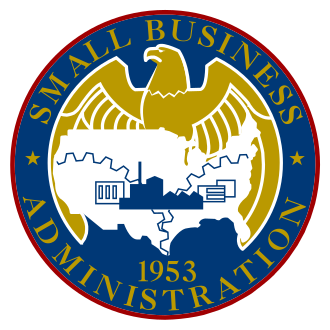
From left, Crawford Co. co-owner Ian Frink poses with Tim Pratt and Keith Gerks inside a renovated warehouse that is allowing the company's Seaberg Industries to expand its reach. CREDIT JENNIFER DEWITT
Sometimes the answer to your business’ challenge is closer than you think, and in Crawford Company’s case, it was right around the corner.
Crawford, which traces its roots to the HVAC business, was bursting at the seams as the growing company had expanded over the years into manufacturing, machining, fabricating and more – particularly at its Seaberg Industries operation. That’s when Crawford’s leadership…

Want to Read More?
Get immediate, unlimited access to all subscriber content and much more.
Learn more in our subscriber FAQ.
Do you want to read and share this article without a paywall?







